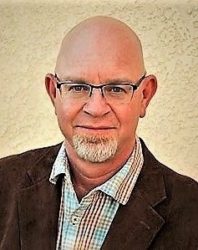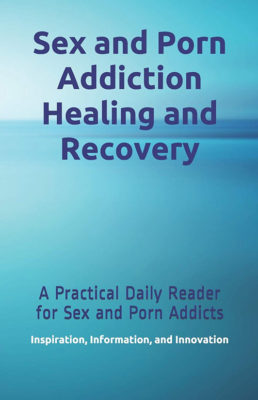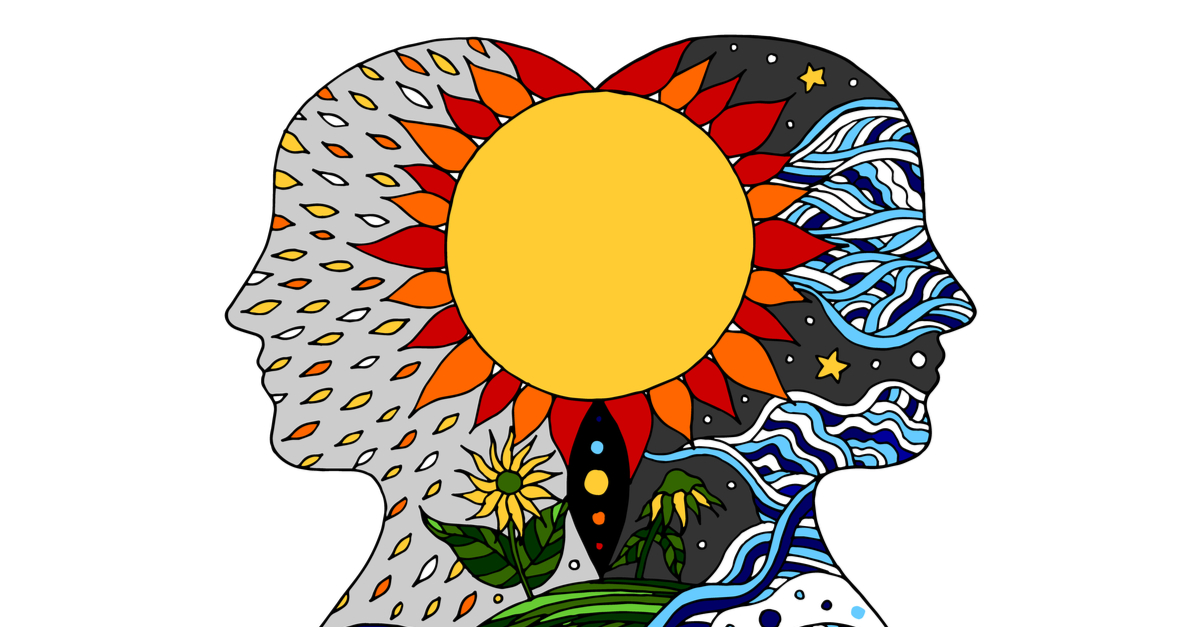 Scott Brassart
Scott Brassart
Developing and maintaining a spiritual connection is often mentioned as a basic tenet of recovery from all forms of addiction. In fact, the 12 steps of recovery developed by Alcoholics Anonymous and adapted for use by all other 12-step groups specifically ask us to turn our will and our lives over to a Higher Power, to ask our Higher Power to help us overcome our character defects, and to maintain conscious contact with our Higher Power.
For some addicts, these tasks are relatively easy. They enter recovery with a well-defined religious or spiritual practice that fits their value system and works for them. For other recovering addicts, the situation is vastly different. Often, these individuals were raised in a judgmental, punishing religion that made it difficult for them to ever feel like a decent human being. And now that they’re in recovery and working to change their lives for the better, they don’t want any part of that.
At the same time, they may innately feel (or they are being told by people who have the type of recovery they admire and want for themselves) that they need to develop a spiritual connection. For these individuals, the question is not about the need for a Higher Power, it’s about what that Higher Power should look like, and how they should commune with that entity.

For more information about gratitude and other recovery-related topics, check out the author’s “daily reader” for recovering sex and porn addicts. Click the book cover image above to see the book on Amazon.com.
At our Seeking Integrity Treatment Centers, we walk clients through a variety of exercises designed to help them understand their current version of a Higher Power (if any) and their level of satisfaction with that Higher Power. Then we help them discern what a more meaningful and useful version of a Higher Power might look like for them, and how they can connect with and learn to trust that Higher Power. We also make it clear that developing and maintaining a spiritual connection in recovery may or may not involve organized religion, depending on the individual.
If you are struggling to develop a spiritual connection as part of your recovery, ask yourself:
- What is my current concept of God/Higher Power/religion?
- Where did that concept come from?
- Is my concept accepting and supportive, or judgmental and punishing?
- How do I feel about that?
If you find that your current version of a Higher Power is not working for you, that’s perfectly OK. What’s not OK is to feel like you have to stick with that Higher Power because it’s your only option. Rather than feeling anger and resentment toward the Higher Power of your childhood, you can re-conceptualize this entity.
There are many ways to go about this re-conceptualization process. One of the more common routes is to simply explore established religions and spiritual practices to see what appeals to you. There are multiple forms of Christianity, Judaism, Buddhism, and other major religions. Feel free to examine them all, latching onto and keeping the beliefs you like while discarding beliefs you don’t like.
Most people who walk this path find that almost every religion has at least a few ideas that appeal to them. They may even find a specific religion or practice with which they strongly identify. If that happens, they can formally adopt that religion or practice. But plenty of recovering addicts just take the bits and pieces that resonate while continuing to learn about and explore other options.
Other recovering addicts find that they are so turned off by and resentful toward organized religion (and perhaps organizations in general) that they need to find something completely new an uncorrupted by human belief and action. At Seeking Integrity, we ask clients who are interested in this to do one or both of two things.
- Write a want ad for your Higher Power, usually something like, “Sought, one Higher Power. Must be kind and loving. Must be willing to accept me as I am, even as I work to make significant changes in my life. Sense of humor is a must.”
- Draw a large circle on a sheet of paper. Write traits you’d like your Higher Power to have inside the circle. Usually these traits are things like nonjudgmental, helpful, available, and empathetic. Then write traits you do not want in your Higher Power. Usually these traits are things like angry, punishing, narrow-minded, and rigid. Once this diagram is complete, use a pair of scissors to cut away everything outside the circle. The material that you cut away should be shredded or ceremonially burned. The circle that remains can be used as a description of your Higher Power.
Another common tactic, especially with individuals new to recovery, is to think about residential rehab, individual therapy, group therapy, and 12-step recovery groups as a Higher Power. Sometimes the men and women who choose this path will decide to think about the word “God” as an acronym describing the Good Orderly Direction they get from treatment, therapists, sponsors, and fellow recovering addicts.
The good news about recovery is that you do not need to share the spiritual belief system of anyone else. Your therapist can believe one thing, your sponsor can believe another, and you can believe something entirely different. The goal is not for you to conform; the goal is for you to find a spiritual connection that can help you walk the sometimes rocky path of sobriety and healing.
***
In my next posting to this site, we will discuss ways in which you can connect with and learn to trust your Higher Power, once you’ve decided on what your Higher Power looks like.
